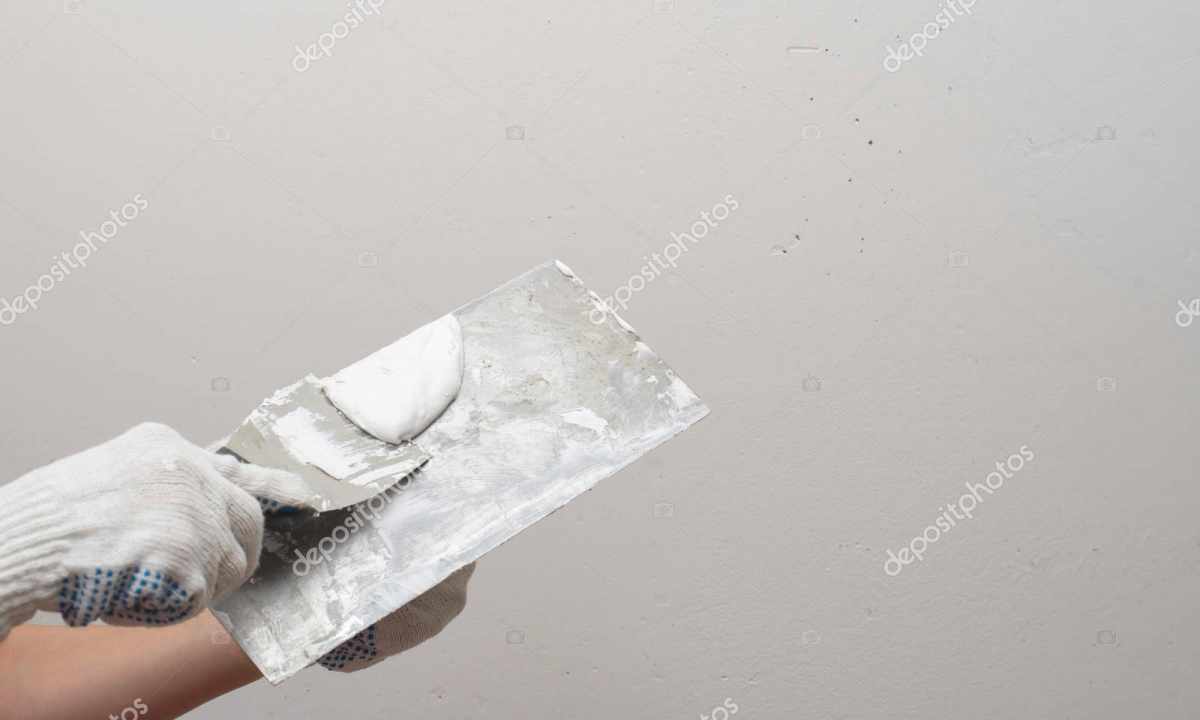The painting on gypsum plaster reminding frescos is applied now more often. It can be used both for premises, and for offices or places of public use.
Equipment history
Painting and plaster painting has the Italian roots and is called frescos. But in fact the fresco assumes putting paint only on the damp, not dried yet plaster. And the equipment when paint gypsum plaster, has the name fresco a secco, i.e. "fresco chilly". Al sekko or asekko (both pronunciation and writing are true) has many distinctions with traditional fresco painting of walls.
In the modern world painting on dry has great popularity. The paints used at the same time have the vegetable glue or egg yolk mixed with lime in the basis, and resist to the environment much better, even considering strong gas contamination of air and the increased solar activity.
Now such concept as "alfreyny works" includes many the most various methods of dressing. It and painting under stone or under valuable breeds of wood, and drawing various ornaments or landscapes, portraits.
The well-known picture of Leonardo da Vinci, Santa Maria delle Grazie, is executed in technology of dry painting by author's structure which ingredients are not opened still.
Working procedures
Before starting works directly on surface, it is necessary to develop the sketch of painting and to work on it all parts, it is the most desirable to do it on the sheet of dense cardboard. Painting on gypsum plaster does not demand such speed as on crude but to remove already written very difficult. Preparing wall surface, it is necessary to remove from it paint or whitewashing, and then to jam plaster so that it became equal and smooth. After that the prepared surface is grounded, using lime paste in combination with 10% water solution of casein glue. The solution made for priming has to be liquid as milk on consistence. Apply it on wall not less than 3 times, thin layer, with obligatory drying of each layer. After that on the prepared surface impose cliche and upholster with powder in gauze tampon its contour. Most often for performance of these works use tempera which is prepared on egg yolk. The yolk makes 1 part, linseed oil - 0, 25 parts, oil varnish - 0, 25 parts and solution of phenol of 1% - 1, 25 parts. Paint has to have consistence of liquid sour cream, and temperature not above room.
The fresco palette, as a rule, is quite reserved - ochre, umber, Mars, blue and green cobalt are used. When painting on dry it is possible to use full palette.
It is possible to apply not only tempera, but also ordinary oil paints, glue colors or any other. The surface for each type of paints is prepared in a special way.

